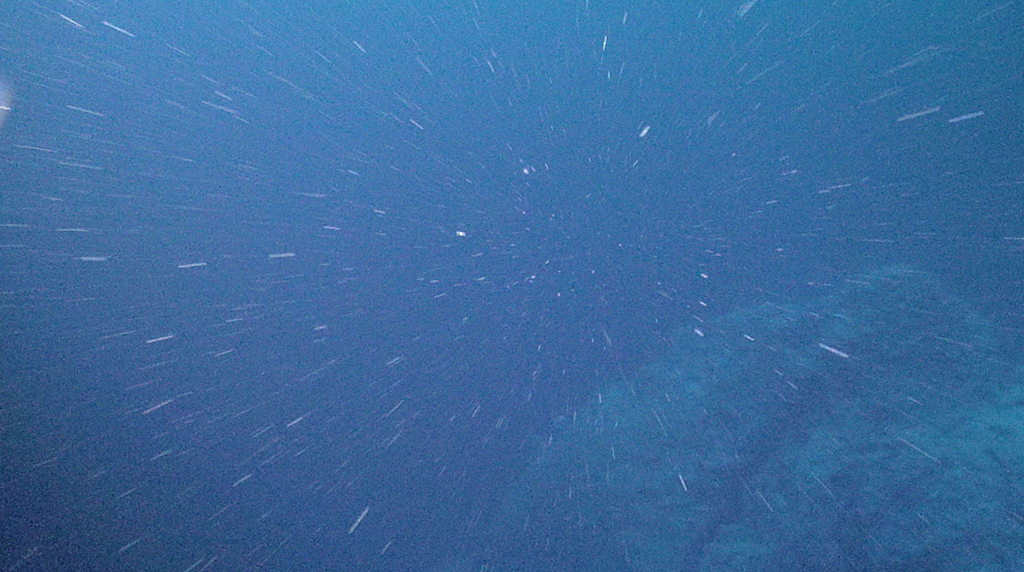July 29, 2016
The Deepwater Horizon accident and subsequent oil spill led to rapid microbial community shifts in the Gulf of Mexico, including the formation of unprecedented quantities of marine oil snow. The major microbial organisms that bloomed in sea surface oil slicks during the spill included organisms that degrade oil aerobically (using oxygen). However, a recent study (including ECOGIG PI Dr. Andreas Teske) indicates that sea surface oil slicks and marine snow at the site of the Deepwater Horizon accident contained anaerobic (oxygen-sensitive) organisms as well, including species that are most commonly found in marine sediments.
Oil-derived marine snow in the ocean water column can harbor anaerobic bacteria [in this case, Fusobacteria] that survive in the interior of these clumps of organic matter (flocs). Bacteria growing on the seawater-exposed outside of the flocs consume oxygen and form a living barrier against oxygen reaching the center of the floc. It is hard to believe from our perspective, since humans and in fact all multicellular animal life absolutely require oxygen for respiration; but many bacteria respire with other substances aside from oxygen, and oxygen can be even toxic to them. These organisms thrive as soon as oxygen is depleted; once marine snow flocs become seeded with these anaerobic bacteria and then incubated under oxygen-free conditions, the anaerobic bacteria grow quickly (as determined in laboratory trials- the bacteria grow quickly and are detectable using sequencing techniques). Some of these organisms are very good at degrading oil and can work on the inside of the marine snow floc while the aerobic bacteria degrade the exterior. This study provides a starting point on how microbial communities in oil-enriched marine snow might change under anaerobic conditions in the field.
These findings are important because this paper shows that the microbial oil degradation cascade includes anaerobic members, not just in the sediment [which is oxygen-free a few centimeters below the surface], but already in the water column. The water column of the Gulf of Mexico undergoes massive anaerobic episodes yearly. For example, the notorious "dead zones" that appear every summer around the Mississippi River mouth are essentially anoxic water masses where degradation of organic matter [mostly phytoplankton] has consumed all available oxygen, except at the very sea surface where air and oxygen is mixed in from the atmosphere. In such habitats, only anaerobic bacteria can survive.
To read more, you may access this entire paper "Enrichment of Fusobacteria in sea surface oil slicks from the Deepwater Horizon oil spill" here.


















 back to top
back to top